Our Expertise






Instance ramp up and down

Faster than human pace

Manual Effort Reduction
24/7*365

Not Susceptible to fatigue/human errors
Understand existing processes, Identify RPA opportunities and Optimize implementation flows.
Across the value – chain, define the roadmap based on technology, business and operational feasibility.
Identify a use-case with significant business impact doable in a doable in a measurable time-frame
Based on learnings from POC, execute the complete RPA Roadmap using Agile Methodology.

Delivered AI/ML solutions in Natural Language Processing, Speech, Vision, Image processing and Deep Learning for clients like Edureka, Religare etc.

Strategic Alignment with the industry leaders in Cognitive RPA – UiPath. Our certified Developers have been working on UiPath to deliver POCs for different clients.

Deep Expertise with multiple large scale enterprise systems and multiple integrations in Banking, Insurance, Payments and ERPs.
A simulation of the day to day work in a back-office based system.
A human takes 3 minutes 43 seconds to execute these tasks.
The RPA Bot took 20 seconds to do the same, and efficiency gain of 92%
The basic process remains the same on implementation of RPA unless there is some tweak done due to advent of technology.
The most significant payoffs provided by automation include:
Reduced costs. According to the Institute for Robotic Process Automation (IRPA), RPA can reduce costs by 25-50% since robots typically cost about one-third of an offshore full-time employee and one-fifth of an onshore full-time employee.
Consistent quality. Tasks that are automated will have an increased accuracy, allowing for substantial risk mitigation. Robots will be able to streamline tasks flawlessly and execute it in the same way every time.
Increased efficiency. RPA software robots are able to work around the clock, 24/7/365. Coupled with increased speed and decreased cycle time, this can provide optimized back office performance in a very short amount of time.
Typical projects are measured in weeks. One heuristic is that it takes as long to train a robot as it does a human. Complex new task will take longer depending of the level of object re-use available. 4-6 Weeks for a generic Insurance Workflow use-case is a good approximation.
There are many factors that influence the CBA for robotics automation. For example, are you standing up your first automation or are you at scale and adding another automation?
FTE
Generally, it’s hard for slow-moving organizations to make a great case as they are unable to generate enough value to offset financial entry costs. However, a hard-driving organization with scale should expect to save 50-80% of onshore costs and save 25-40% of offshore. Our solutions offering helps organizations achieve comparable value.
We are working with Religare Health Insurance. Aditya Birla Health Insurance and DHFL Pramerica, HDFC Life. The solutions typically are to bring efficiency in onboarding (application) processes, renewals, customer service & claims.
Onboarding: DocParser solution help in automating physical application processing.
Renewals : The renewals process requires sending the segmented customers renewal notices with multiple upsell options. The process involves 20 days of man effort every month. The RPA bot will be able to do the same in 0.5 Days.
Customer Service: Insurance Workflows Chatbot for New and Existing Customers. NLP Capable with meaningful context driven conversations and answers.
Claims:
– Our solutions automating several steps in claim processing. One of them is extracting line items from invoices, and medical bills and aggregating, and mapping them against a standard category.
– RPA processes to validate the amounts in the bills against policy limits.
We have automated Renewal notice process using UiPath. It extract renewal data from legacy mainframe system, process and send notification.
We have created DocParser which is most popular and it converts handwritten forms to digital data.
Chatbot is implemented to handle claims and wellness request to reduce the load on call-centre.
One reason to implement RPA within your company is scalability. Order processing or accounts payable workflows, for example, can be replicated or reused across different business departments and between locations. In addition, the number of active robots can be scaled up or down quickly with little to no additional cost. Scaling your robotic workforce can be a permanent development to match the growth of your company, but robots can also be scaled temporarily to meet business demand during a specific window. Companies may experience increased demand for robotic workforces during peak times – holidays, end of the quarter, etc. – when more order processing is required. Temporary scalability is also useful when a more active robotic workforce can process extra transactions during new product or service release.
In fact, according to the IRPA, “Separating scalability from human resources allows a company to handle short-term demand without extra recruiting or training…management will be more effective because RPA makes it easy to maintain a scalable infrastructure. In short, it’s easier to scale software than it is people.”
This is especially true when compared to maintaining employee levels to match fluctuations of business demands. Increasing or decreasing your number of robots is much more cost-effective and efficient than having to hire and release employees.

Subscribe! to read our latest stories, perspectives and case studies.
We’ll keep you updated monthly, on the fantastic products we build for Enterprises.
Our Sales Team will be in touch with you shortly.
Hello Stranger! Please fill in a few details,and you’ll receive a link to this case study.
We have mailed you this case study.
Thanks for subscribing.